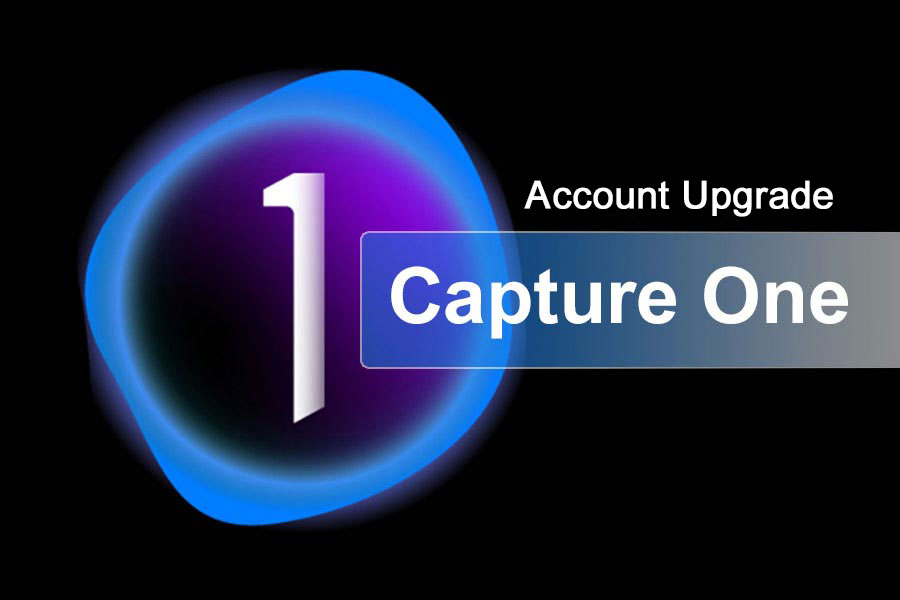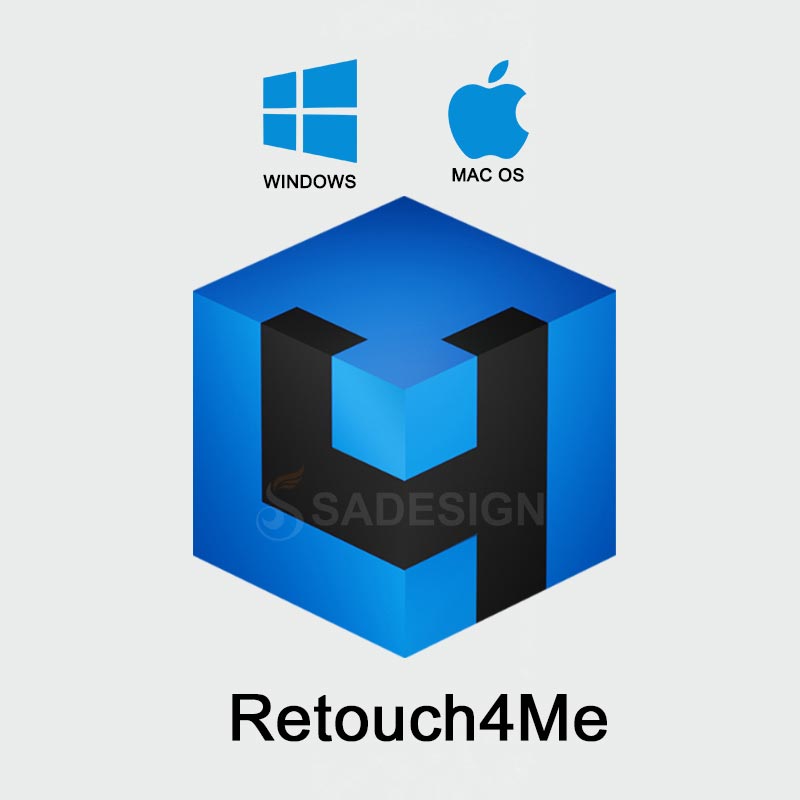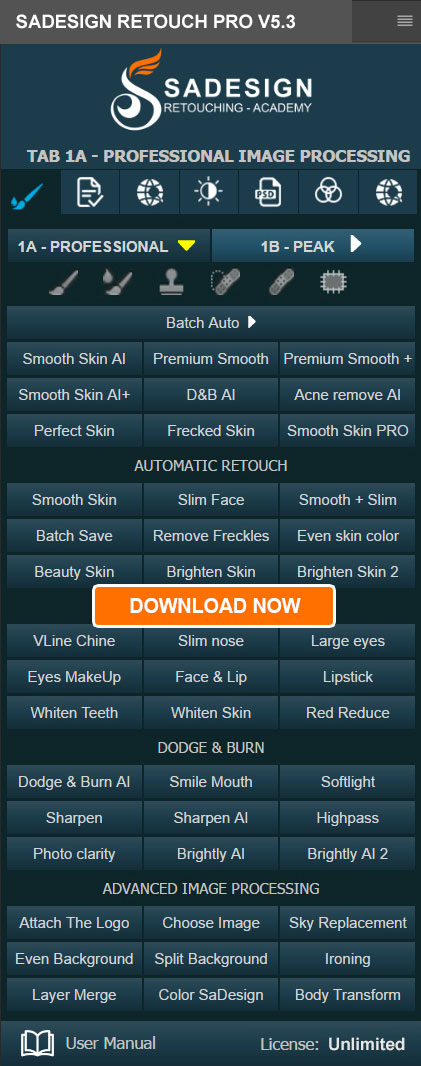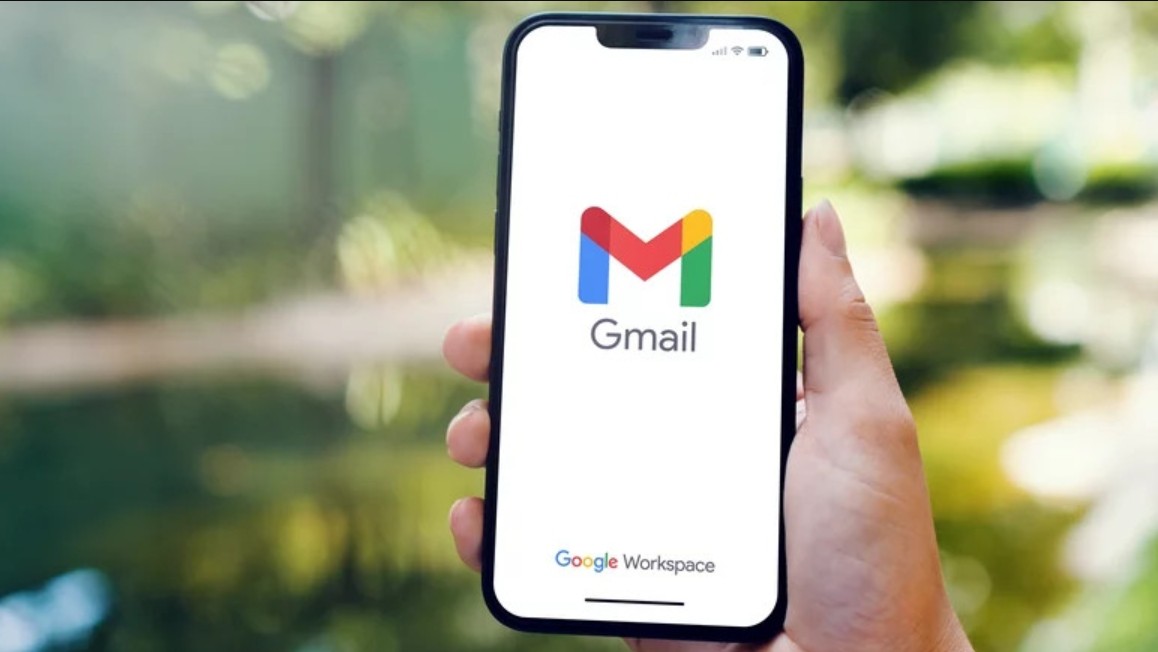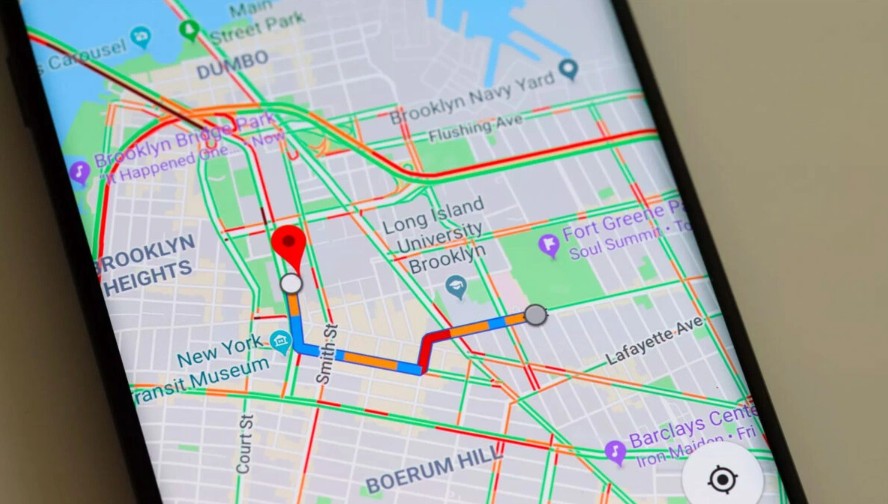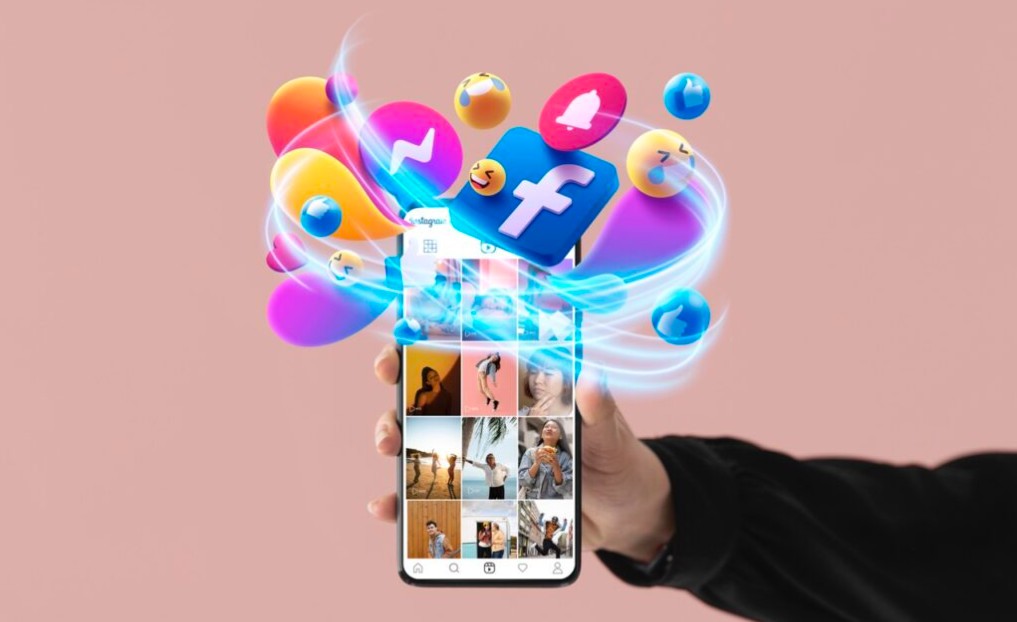Best Selling Products
Turning on Bluetooth continuously on iPhone: A convenient but dangerous habit
Nội dung
Bluetooth is not just a connection tool, but also a “path” that hackers can exploit. In fact, many forms of attacks that exploit Bluetooth have been recorded throughout history, and many users have become victims just because they kept Bluetooth on continuously.
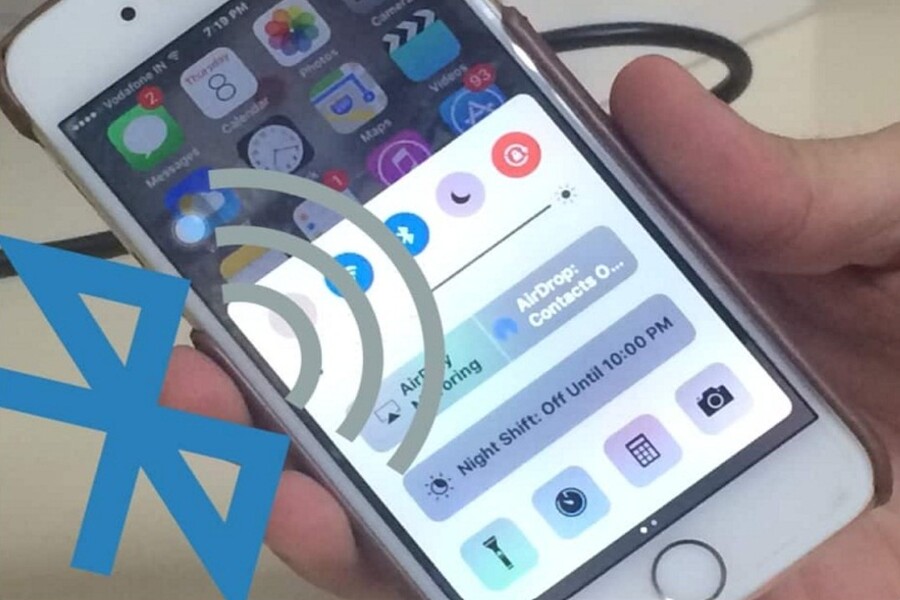
Bluetooth has become one of the most popular wireless technologies today, appearing on most modern electronic devices. With iPhone, Bluetooth plays a key role in bringing a convenient connection experience to users. With just a simple operation, you can connect wireless headphones to listen to music, make calls, sync data with Apple Watch, find lost devices via Find My or share information with health accessories such as bracelets, heart rate monitors. It is this convenience that makes many people have the habit of leaving Bluetooth on 24/7 without thinking about the security risks that may come with it.
However, like any wireless technology, Bluetooth is not completely secure. Even though it only operates within a short range, Bluetooth can still become an “open door” for cyber attackers to penetrate your device. This does not mean that iPhone users should completely turn off Bluetooth and give up on its convenience, but it is important to understand the potential risks of leaving Bluetooth on all the time. Only with the right awareness can we know how to prevent and protect personal information effectively.
1. Many forms of attack against Bluetooth
Bluetooth is not just a connection tool, but also a “path” that hackers can exploit. In fact, many forms of attacks that exploit Bluetooth have been recorded throughout history, and many users have become victims just because they kept Bluetooth on continuously.
One of the most common forms of this is bluejacking , which is when an attacker sends unwanted messages, notifications, or data to a nearby Bluetooth device that is open. While many consider this form of attack to be merely annoying and not directly harmful, it can be used as a starting point to probe for security vulnerabilities and expand the attack further.
.png)
Much more serious is bluesnarfing . Unlike bluejacking, bluesnarfing allows hackers to gain unauthorized access to data inside the iPhone, including contacts, messages, personal photos, and even account login information. What's worrying is that this type of attack can happen silently, without the user knowing until the data is stolen or the account is compromised.
Another risk worth noting is the ability to track location via Bluetooth signals. Although Apple has implemented many encryption measures to protect privacy, some studies have shown that attackers can exploit Bluetooth to track users' travel habits. This is especially dangerous when many iPhone applications integrate Bluetooth to locate and manage peripherals.
Remember, Bluetooth is a short-range wireless protocol, which means an attacker needs to be within range to perform an attack. However, this doesn't mean you're completely safe. The BlueBorne incident in 2017 was a clear example. With just a Bluetooth device turned on and within range, an attacker could take complete control of a phone without any user input. This incident left millions of devices globally, including iPhones, vulnerable.
So, it is clear that constantly turning on Bluetooth is not as simple as many people think. It opens up a series of vulnerabilities, from spam messages, loss of personal data, to the risk of location tracking and remote device control.
2. Why is Bluetooth an easy target for hackers?
Bluetooth has been positioned since its inception as a simple, easy-to-use, energy-efficient, and convenient wireless connection technology for users. These factors provide a great experience, but at the same time, it has also become a “fatal weakness” in mobile device security, especially on the iPhone where Bluetooth is almost always running in the background to serve a series of services and accessories.
.png)
The first thing to mention is how Bluetooth works. Every time it is turned on, the iPhone will continuously emit signals to search for and “greet” surrounding devices that can be paired. This signal transmission makes the connection process quick, without complicated operations, but it also means that the iPhone often publicly announces its presence in the surrounding environment. For a skilled hacker, just by exploiting those signals, they can detect, track and find ways to penetrate the device without the user knowing.
Another factor that makes Bluetooth attractive to hackers is the variety of connection standards. From transferring small files, sharing high-quality audio, to managing smart home devices, Bluetooth supports a variety of protocols. Each protocol can have its own vulnerabilities. If Apple or app developers fail to promptly release patches, those vulnerabilities are like an “open door” for attackers. In fact, users do not always update iOS as soon as a new release is released, which prolongs the time hackers can exploit unpatched weaknesses.
In addition, the limited range of Bluetooth (about 10 meters) is no longer a sure barrier. With specially designed high-power transmitters, hackers can extend the attack range to tens of meters, even hundreds of meters in some cases. This means that even if the user believes he is at a safe distance, the risk still exists.
It is the combination of three factors: continuous signal transmission, complex protocols, and the ability to extend the range that makes Bluetooth an ideal target for cybercriminals. It is like a perfect “bait”, always available and completely difficult to control.
3. Security solutions for iPhone users
Once you understand why Bluetooth is vulnerable, the next step is to find ways to prevent it. Apple is known for its closed ecosystem, multiple layers of security, and constant innovation, but that doesn’t mean users can completely abandon it. Hackers are always looking for a way to stay ahead, and it’s the user’s initiative that is the most important factor in minimizing risks.
.png)
The first and most important solution is to update your software regularly. It is no coincidence that Apple regularly releases security patches alongside new versions of iOS. These updates not only add features or upgrade the experience, but also fix dangerous vulnerabilities that have just been discovered. The BlueBorne incident in 2017 is a clear example: with just a small vulnerability in Bluetooth, hackers can perform remote attacks without the user accepting any connection. Immediately after the incident was announced, Apple quickly released a patch for users of iOS 10 and above. That shows the importance of timely updates. If you ignore it, you are leaving an open door for hackers.
Besides updating, the simplest and most effective solution is to turn off Bluetooth when not in use. Many people have the habit of turning on Bluetooth constantly because they think it is more convenient, but that convenience itself has many potential risks. Turning off Bluetooth is not complicated, just a few steps in Settings or Control Center can completely disable it. This habit will help the iPhone avoid emitting unnecessary signals and minimize the opportunity for hackers to detect.
In addition to the above two measures, users should also incorporate additional security methods, typically two-factor authentication (2FA) . This is an important layer of defense for apps and services attached to the iPhone. In the worst case, if a hacker gets your password via a Bluetooth attack, they will still be stopped by the second layer of authentication, usually a code sent to a trusted phone number or device. This is not only a measure to protect online accounts, but also a solid barrier against many types of cyberattacks in general.
It can be seen that iPhone security protection depends not only on Apple's security system but also on the awareness and actions of the user himself. Just combining these basic measures, the risk of being attacked via Bluetooth will be significantly reduced.
.png)
4. Safer Bluetooth Usage Habits
In addition to technical solutions, forming safe Bluetooth usage habits also plays an extremely important role. This is a long-term factor, helping users ensure convenience while minimizing risks in daily life.
The first and most important habit is to only turn on Bluetooth when absolutely necessary. For example, when you want to connect AirPods to listen to music or pair Apple Watch to track your health, turn on Bluetooth, then turn it off immediately when you're done. This helps minimize the time your iPhone transmits signals to the surrounding environment, thereby reducing the risk of being detected by hackers.
Additionally, users should be especially cautious when receiving pairing requests from unfamiliar devices. In public environments, such as coffee shops, airports, or shopping malls, “fake” connections may appear on the iPhone. They are often disguised under familiar names, making it easy for users to accept without thinking. In fact, just accepting once can inadvertently open the door for hackers. Therefore, the golden rule is to always reject any connection requests from unknown sources.
Another habit that many people overlook is to periodically check the list of paired devices. In the Bluetooth settings of your iPhone, you can easily see all the devices that have ever been connected. If you find any strange, unused, or unclear devices, delete them immediately. This not only makes the list neater, but more importantly, it eliminates the possibility of hackers exploiting old connections to break in.
Finally, always combine Bluetooth with other security measures, such as a screen lock with Face ID or a strong passcode. Even if a hacker were to attack via Bluetooth, this layer of security would be the final barrier to protecting your personal data.
Building these habits may take time at first, but once they become second nature, they will provide lasting security. In a world where hackers are increasingly sophisticated, user caution is the strongest shield.
.png)
5. Conclusion
Bluetooth offers great convenience, allowing iPhone users to seamlessly integrate with the Apple ecosystem and modern technology devices. However, this convenience also comes with a number of security risks. Bluejacking, bluesnarfing, and serious incidents like BlueBorne have proven that leaving Bluetooth on all the time can make your device a target for attack.
The best protection isn't to eliminate Bluetooth altogether, but to use it wisely. Keep your software up to date, turn Bluetooth on when you need it and off when you don't, and combine it with additional security measures like two-factor authentication.
In the digital age, personal data is the most valuable asset. A little carelessness or convenient habits can cost you dearly. So be careful with Bluetooth, a seemingly harmless technology but it contains many unpredictable dangers.



